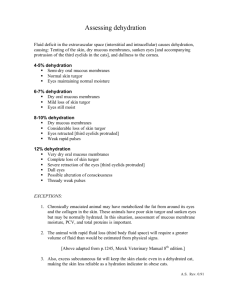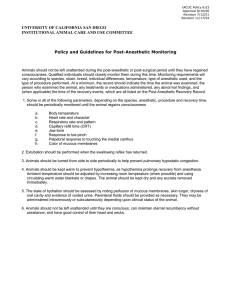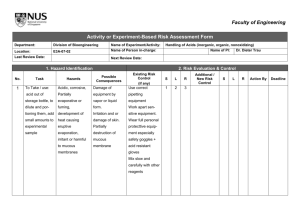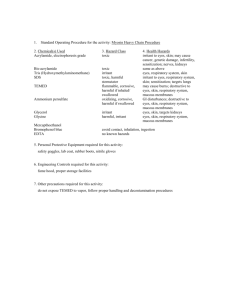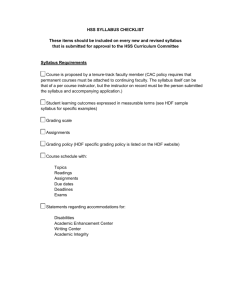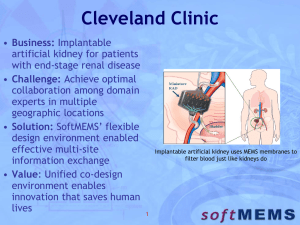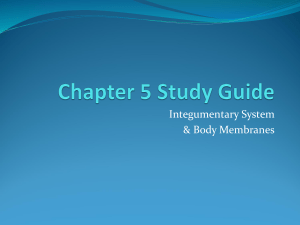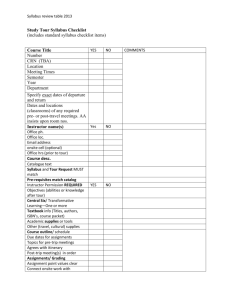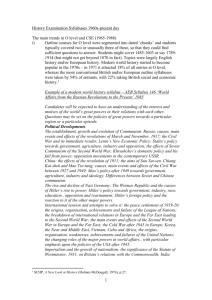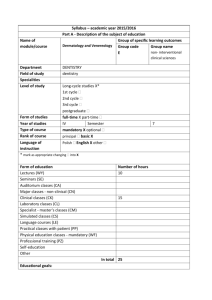Dermatology and Veneral Diseases
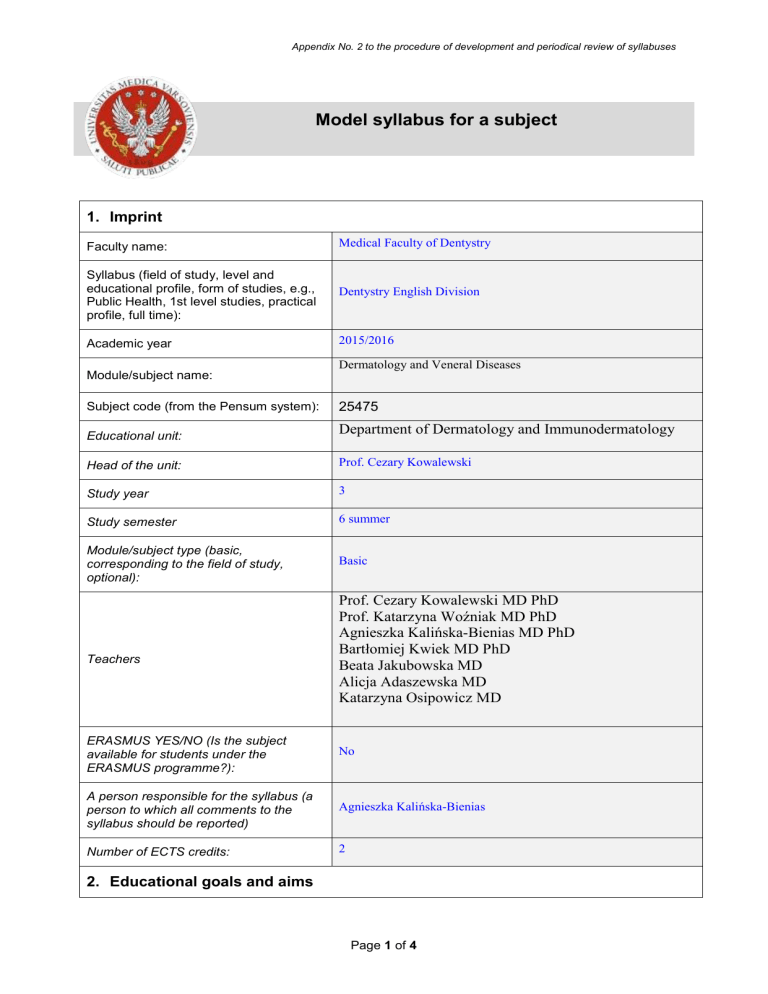
Appendix No. 2 to the procedure of development and periodical review of syllabuses
Model syllabus for a subject
1. Imprint
Faculty name:
Syllabus (field of study, level and educational profile, form of studies, e.g.,
Public Health, 1st level studies, practical profile, full time):
Academic year
Medical Faculty of Dentystry
Dentystry English Division
Module/subject name:
2015/2016
Dermatology and Veneral Diseases
Subject code (from the Pensum system):
Educational unit:
Head of the unit:
25475
Department of Dermatology and Immunodermatology
Prof. Cezary Kowalewski
Study year
3
Study semester
6 summer
Module/subject type (basic, corresponding to the field of study, optional):
Basic
Teachers
Prof. Cezary Kowalewski MD PhD
Prof. Katarzyna Woźniak MD PhD
Agnieszka Kalińska-Bienias MD PhD
Bartłomiej Kwiek MD PhD
Beata Jakubowska MD
Alicja Adaszewska MD
Katarzyna Osipowicz MD
ERASMUS YES/NO (Is the subject available for students under the
ERASMUS programme?):
A person responsible for the syllabus (a person to which all comments to the syllabus should be reported)
Number of ECTS credits:
2. Educational goals and aims
No
Agnieszka Kalińska-Bienias
2
Page 1 of 4
Appendix No. 2 to the procedure of development and periodical review of syllabuses
After completing the course, students should have:
1. Knowledge of mucous membranes and skin symptomatology and dermatological terminology.
2. Knowledge of clinical presentation, diagnosis and treatment of the most common diseases of mucous membranes and skin.
3. The ability to properly examine patient with dermatological disease (especially with
mucosal involvement)including the ability to gather history and to assess skin lesions
followed by proposals of the differential diagnosis, laboratory and clinical tests and
treatment.
3. Initial requirements
Knowledge of the anatomy and physiology of the skin and mucous membranes.
4. Learning outcomes corresponding to the subject
A list of learning outcomes
Symbol (a number of a learning outcome and its category: W-knowledge, Uabilities,
K-competence )
Description of course learning outcomes
The reference to programme learning outcomes (number)
W1
U1, U2, U3, U6, U16
Knowledge of mucous membrane and skin symptomatology and dermatological terminology
Knowledge of etiopathogenesis, epidemiology, clinical presentation, diagnosis and treatment of the most common mucous membranes and skin.
E.W.1
E.U1, E.U2, E.U3, E.U6, E.U16
5. Forms of classes
Form Number of hours Number of groups
Lecture
Seminar
Practical classes
0
10
20
0
1
1
6. Subject topics and educational contents
Seminars:
Dermatophyte infections of the skin and mucous membranes
Candidiasis of the skin and mucous membranes
Tinea versicolor
Connective tissue diseases
Melanoma, Non-melanoma skin cancers
Autoimmune bullous diseases with oral involvement
Drug eruptions
Psoriasis
Allergic diseases
Page 2 of 4
Appendix No. 2 to the procedure of development and periodical review of syllabuses
Sexually transmitted diseases
Practical classes will include:
Student will assist the teacher during basic diagnostic procedures:
1.
Skin and mucous membrane biopsy for histopathological or immunopathological examination
7. Methods of verification of learning outcomes
Learning outcome corresponding to the subject
(symbol)
Forms of classes
(symbol)
Methods of verification of a learning outcome
W1,
U1, U2, U3, U6,
U16
S
C
Credit
obligatory attendence the classes
Credit receiving criteria
To receive a credit students must obligatory attend the classes and written credit
(51% of the knowledge)
8. Evaluation criteria
Form of receiving credit in a subject
Written credit without grade criteria obligatory attendance the classes and
written credit
Obligatory literature:
1'Fitzpatricks Color Atlas and Synopsis of Clinical Dermatology', Seventh Edition McGraw-Hill,
New York
9. ECTS credits calculation
Form of activity
Lectures
Number of hours
Direct hours with an academic teacher:
0 0
Number of ECTS credits
Seminars
Practical classes
0 0,5
1 0
Student's independent work (examples of the form of work):
Student's preparation for a seminar 3 0
Student's preparation for a class
Preparation for obtaining credits
10 0,5
Page 3 of 4
Appendix No. 2 to the procedure of development and periodical review of syllabuses
2 Other (please specify)
10.
Total
Department of Dermatology and Immunodermatology
Address: Koszykowa 82A, 02-008 Warsaw
Phone: +48225021313;
Signature of the Head of the Unit
Signature of the person responsible for the syllabus
Page 4 of 4
